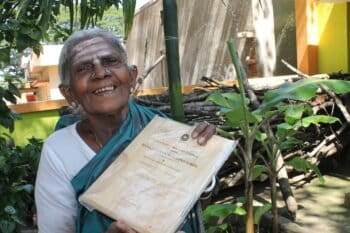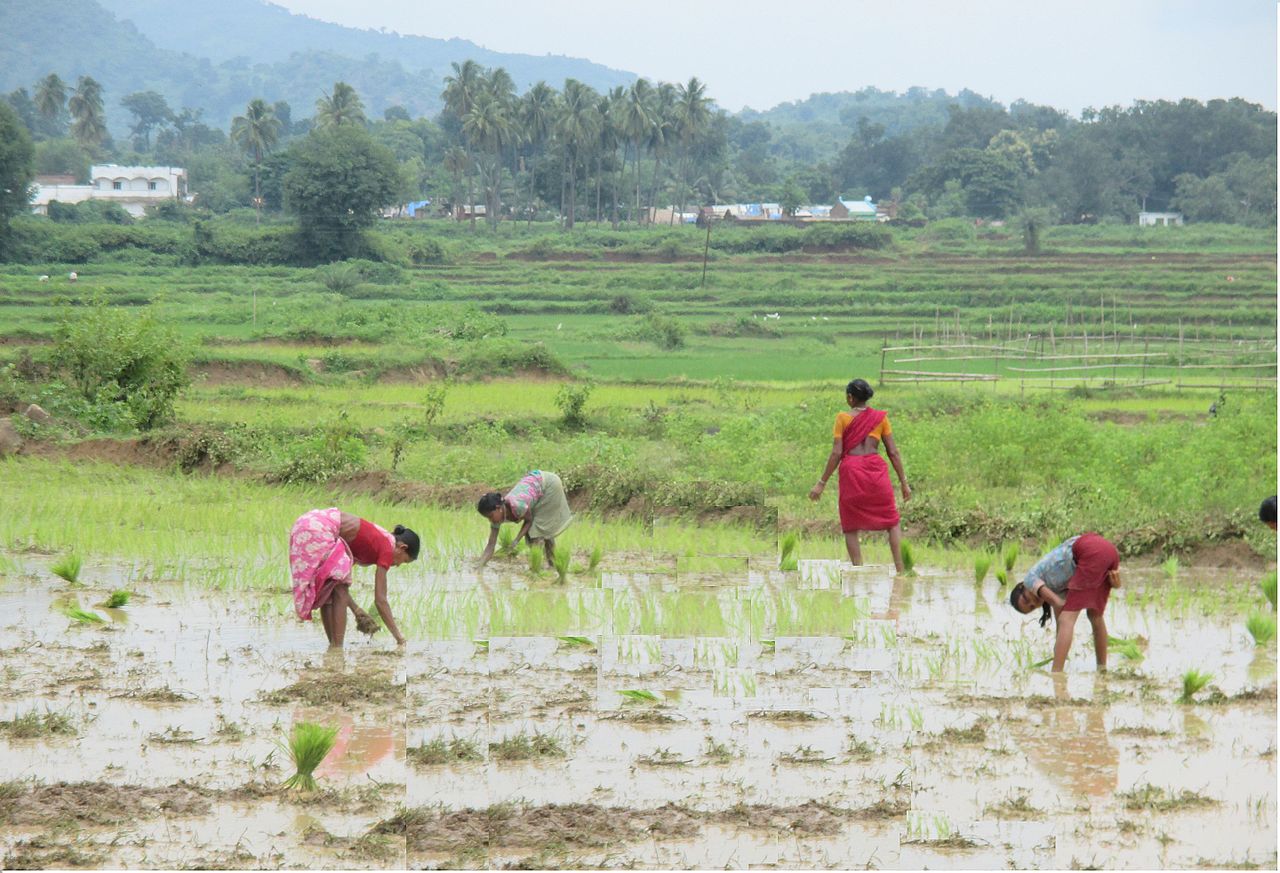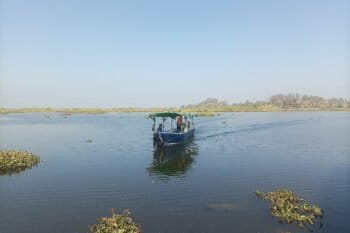India reaffirmed its commitment to equity, climate justice and multilateralism at the UN Climate Change Conference (COP30) in Belém, Brazil, delivering statements on behalf of the BASIC (Brazil, South Africa, India and China) and Like-Minded Developing Countries (LMDC) groups.
The Indian delegation underscored that the principles of equity, common but differentiated responsibilities and respective capabilities (CBDR-RC), along with the full and effective implementation of the Convention, its Kyoto Protocol and the Paris Agreement, remain the foundation of the global climate regime. The CBDR-RC principle recognises that richer nations must take the lead, given their historical emissions and greater capacity.
The statement from the Ministry of Environment, Forest and Climate Change, issued on November 11, said India expressed “full and unwavering support for multilateralism and international cooperation on climate change, particularly in the current geopolitical context.”
Marking ten years of the Paris Agreement, India emphasised that climate finance continues to be the key barrier to higher ambition. It called for a clear and universally agreed definition of climate finance, stronger and scaled-up public finance for adaptation. India also urged for the implementation of Article 9.1 of the Paris Agreement, reaffirming the legal obligation of developed countries to provide finance to developing nations.
The statement noted that adaptation finance must increase nearly fifteenfold to meet current needs and noted significant gaps in doubling adaptation finance by 2025. Adaptation, India said, is an urgent priority for billions of vulnerable people in developing countries who have contributed the least to global warming but are among the most affected.
India urged a strong outcome on the Global Goal on Adaptation (GGA) and supported the continuation of the UAE–Belém Work Programme and the launch of the Baku Adaptation Roadmap “to ensure that no one is left behind.”
It also underlined the need for reliable, affordable and equitable access to climate technologies, stating that “intellectual property and market barriers must not hinder technology transfer to developing nations.”
On just transitions, India called for action-oriented institutional arrangements to ensure that transitions are rooted in equity and justice and help narrow the development gap between the Global North and South.
Speaking for BASIC and LMDC, India also recalled the historical and ongoing responsibility of developed nations, stating that they must reach net-zero earlier to preserve equitable carbon space, invest in negative emissions technologies, and fulfil their obligations on finance, technology transfer and capacity-building to developing countries.
India cautioned that unilateral climate-related trade measures risk becoming “instruments of protectionism” that undermine multilateral cooperation. Article 3.5 of the UN Climate Convention states that climate policies should not be used as hidden trade barriers or instruments of protectionism.
Banner image: Around the venue at COP30. Image © UN Climate Change – Kiara Worth/(CC BY-NC-SA 4.0)





